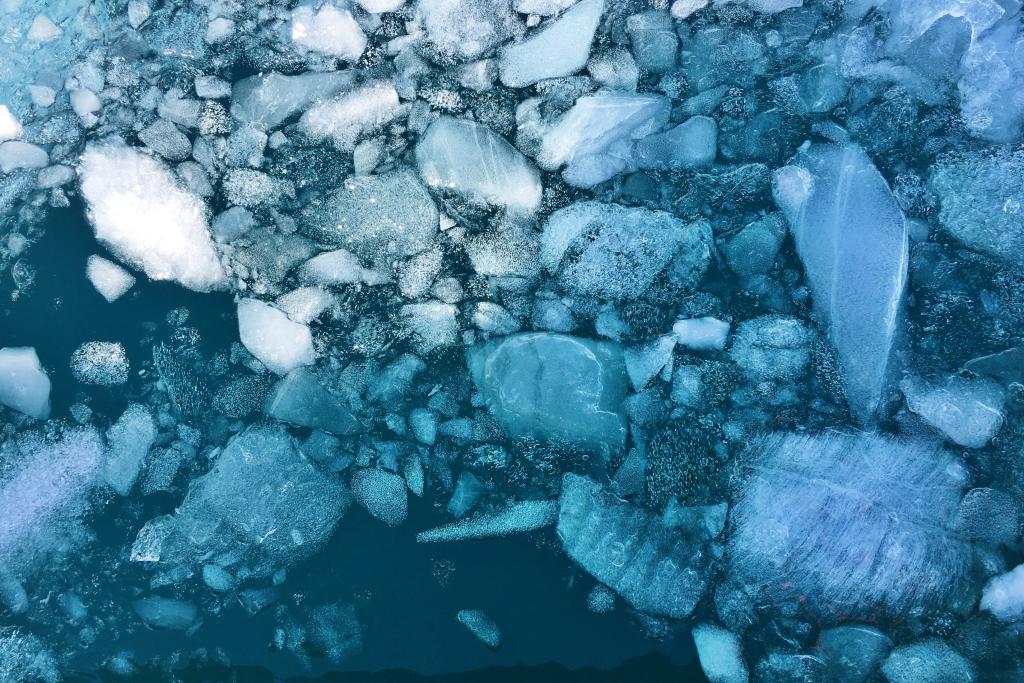
Information for Yachts
Sailing to Antarctica
Each year, hundreds of visitors go to Antarctica onboard sailing or motor yachts to experience this unique ecosystem. With this rewarding adventure comes a responsibility: careful planning and preparation are needed to legally travel to and stay safe in Antarctica.
Remember to tread softly. Protecting the fragile environment for science and future visitors is a commitment everyone must make. Please join the Antarctic community and help keep the tradition alive: be a safe and environmentally responsible visitor to Antarctica.
Preparing For Your Voyage
At the 35th Antarctic Treaty Consultative Meeting (Hobart, 2012), Treaty Parties adopted Resolution 10. This resolution recommends that all those intending to undertake a yacht visit to Antarctica utilize an agreed checklist of yacht-specific items for preparing safe Antarctic voyages. The Parties also recommended the use of agreed Guidelines for Antarctic Cruises. Contact details of national competent authorities and relevant Maritime Rescue Coordination Centers (MRCCs) were also made available for Antarctica-bound yachts.
You can download all these documents below, along with a key information pamphlet available in English, Spanish and French.
Downloads
ATCM Yachting Guidelines
ATCM Yacht Checklist
IAATO Yacht Outreach Pamphlet (EN)
Información de IAATO para Yates (ES)
Brochure d'information IAATO au sujet des yachts (FR)


Preparation & Responsibilities
- Be prepared for extreme weather conditions. You, and your vessel must be prepared for extreme weather conditions: a knockdown, storm-force winds, cold, drifting ice and bad anchorages. Bad weather and strong winds can hit hard and fast, with little warning.
- Be completely self-sufficient. Do not expect rescue, outside assistance, fuel, or other supplies. Make sure you are capable of sustaining full-speed groundings, loss of engine, propeller, steering, rigging/mast, anchor, etc. without outside assistance. Remember to carry sufficient tools and knowledge to make your own repairs.
- Scientific research stations and ships are "outposts" with limited resources and cannot be used as a resource for supplies, repairs or buying additional fuel. They must only be contacted for assistance in life-threatening emergencies.
- Stay Safe. Remember the weather can change in just a few minutes in Antarctica and ice can drift in. Use anchor watches while onboard and, when going ashore, take shelter and emergency supplies in case you cannot return to the yacht. Please do not take anything from bases or emergency huts, except in a life-threatening emergency. Many of the ice fields and glaciers are crevassed and dangerous to cross without the correct skills and equipment. Icebergs and ice cliffs can collapse with no warning, swamping vessels. Keep a respectful distance.



